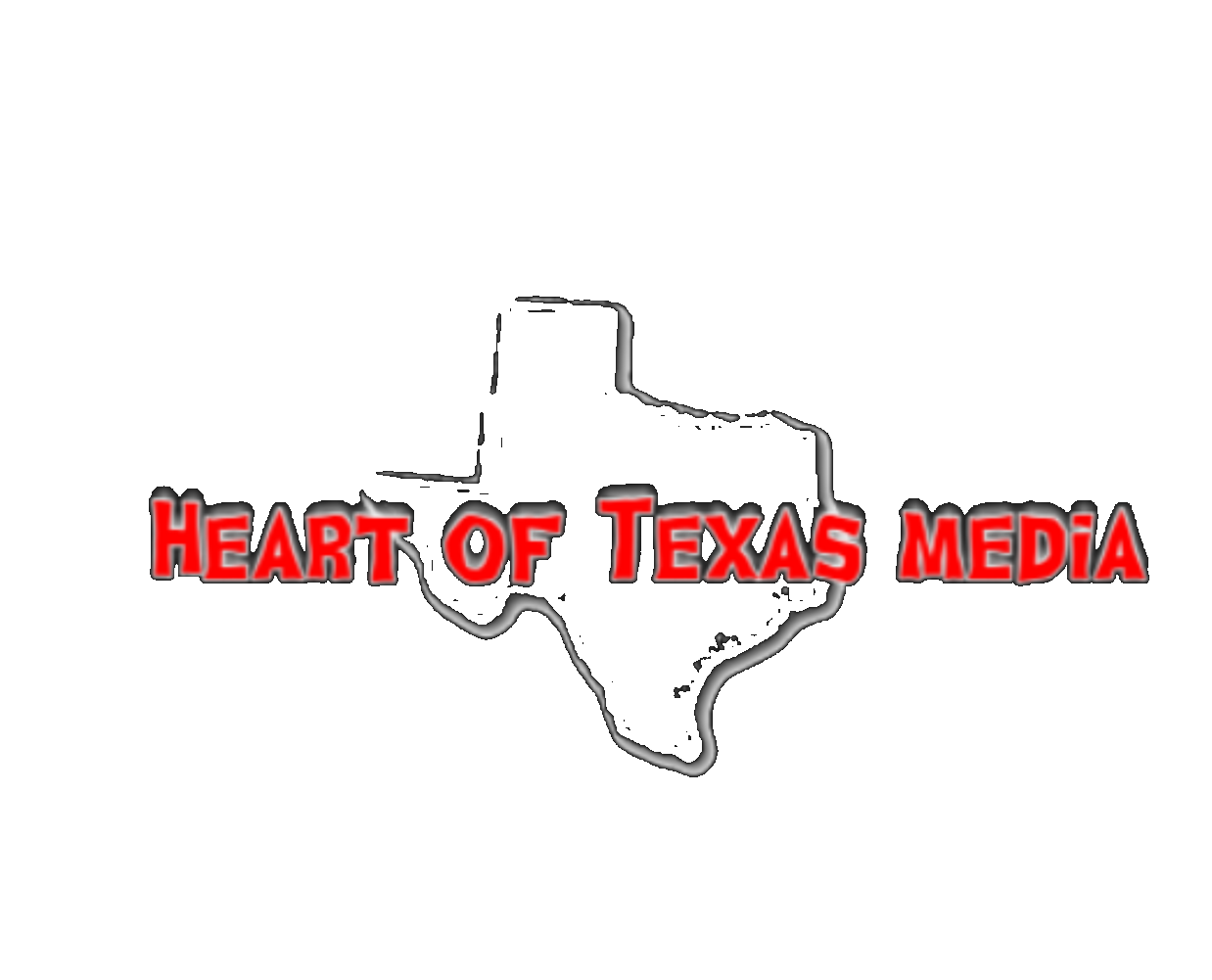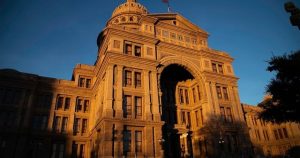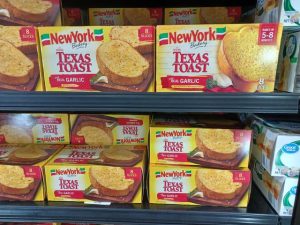Behind the Radar: San Antonio’s Most Well-Known Speed Traps and How They Came to Be Pt. 1 – Balcones Heights
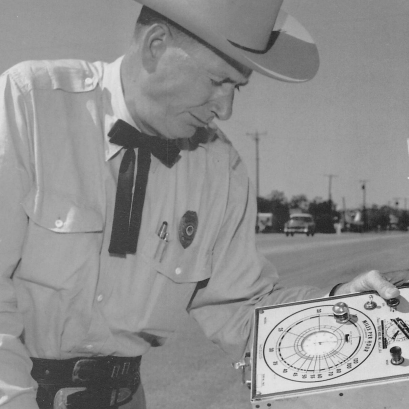
With San Antonio growing at such a rapid pace, it’s important for the newcomers and long-timers alike to be taught or reminded about the places that you might want to keep that lead foot of yours in check. This will be the first in the series profiling these municipalities that seem to go…the extra mile to ensure the adherence to safety rules, namely the speed limit.
First on the list is Balcones Heights. Everybody knows you don’t speed through Balcones Heights.

UT Institute of Texan Cultures, San Antonio Light Collection.
Where and What is Balcones Heights?
Balcones Heights is a charming town positioned at coordinates 29°29′23″N 98°32′53″W (29.489729, -98.547927), placing it approximately 9 miles northwest of downtown San Antonio. The town’s location offers convenient access to major transportation routes, including Interstates 10 and 410, which intersect near Balcones Heights.
In Balcones Heights, some important interior streets include:
- Fredericksburg Road: While primarily an external street running through multiple cities, Fredericksburg Road also serves as an important road within Balcones Heights. It connects the town to neighboring areas and hosts various businesses and services.
- Hillcrest Drive: Hillcrest Drive is a significant street that runs north-south through Balcones Heights. It intersects with Crossroads Boulevard and provides access to residential neighborhoods and local amenities.
- Balcones Heights Road: This street runs east-west and intersects with Fredericksburg Road. It serves as a major thoroughfare in the town, connecting various commercial and residential areas.
- Loma Linda Drive: Loma Linda is another important street that runs east-west in Balcones Heights. It intersects with Fredericksburg Road and serves as a connection to residential areas and commercial establishments.
- Babcock Road: Babcock Road is a significant thoroughfare that flanks the area. It intersects with Loop 410 and provides access to residential neighborhoods, medical facilities, educational institutions, and shopping centers.
And yes, it is a town and not a neighborhood as is the case with most of the speed traps in the San Antonio area. The town’s origins can be traced back to the Great Depression, when the government promoted the area as an affordable opportunity for middle-class families to establish their own homes.
Slowly but steadily, the community began to take shape throughout the 1940s. When faced with the potential annexation by San Antonio, the residents rallied together and officially incorporated Balcones Heights as a town in 1948, ensuring their independence and unique identity within the larger metropolitan area.
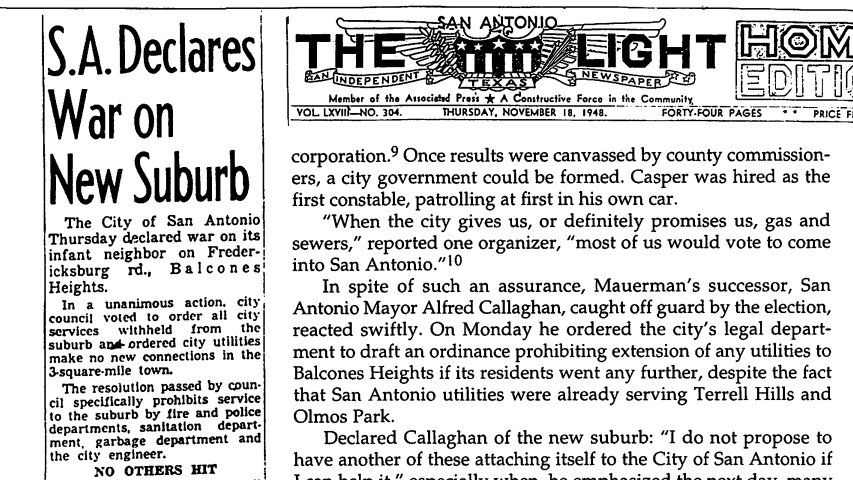
Balcones Heights developed a reputation for frugality from the very start, with the council fighting the City of San Antonio about every service and fee attached to it from the fire and sanitation departments and so on. So it only made sense when after a while there was widespread discussion about the inordinate amount of violations happening in the town even going so far as making it onto front page newspaper circulation that Balcones Heights was a “speed trap”.
Mayor Franklin S. Gaskins defended his police department and his town by pointing out that Fredericksburg Rd. was the only major highway entering San Antonio that had not been the scene of at least one fatality that particular year. For years, Balcones Heights would pridefully boast types of statistics while begrudgingly dismissing the “speed trap” moniker and the mention of revenue racked up from fines.
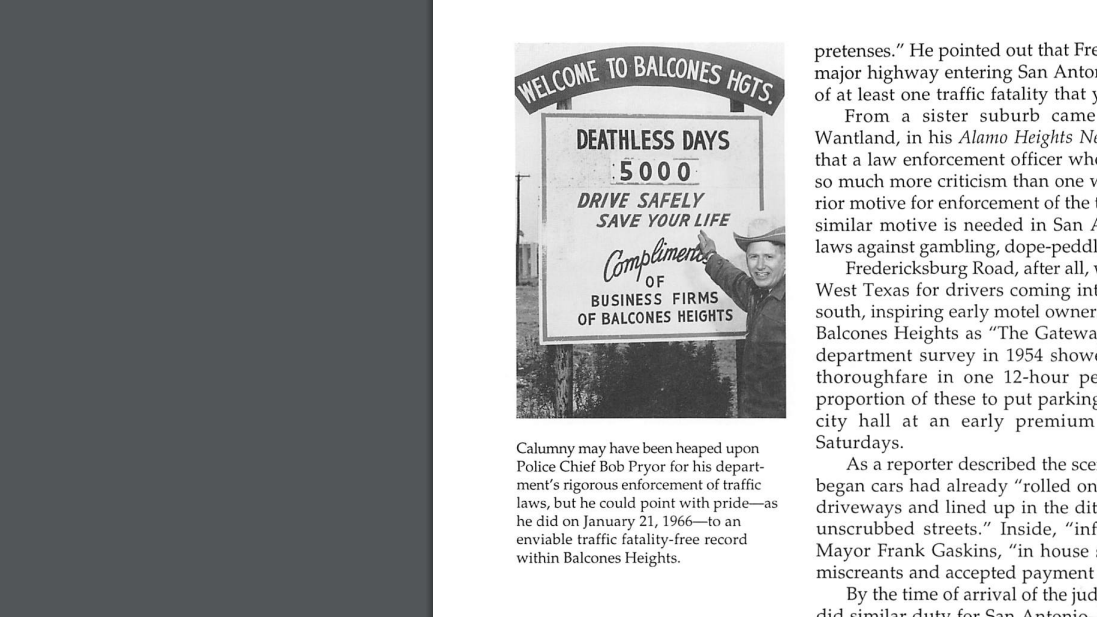
Fast forward years later and Balcones Heights implemented camera traffic lights in 2009, one of the first municipalities in the area to do so. The introduction of these cameras was aimed to enhance traffic safety and enforce traffic regulations within the city. Like before, Balcones Heights claimed that they sought only to deter and reduce red-light violations and improve road safety for both residents and visitors. Of course, they were immediately met with disdain. People complained abut the cameras for various reasons and until 2019, when state lawmakers approved and Gov. Greg Abbott signed into law a bill to prohibit cities from using photo systems to fine drivers for running red lights.
The rule change took effect immediately. However, a provision was included in HB1631 permitting cities to continue ticket system contracts until they expire. Balcones Heights and another speed trap we’ll profile, Leon Valley, are the only remaining towns that still utilize the cameras.
